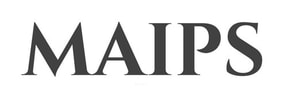Effective DIY Vitamin C Serum Recipe
Vitamin C is one of the most effective and well studied anti-aging ingredients for the skin.
The most effective biologically active form of the Vitamin C is L-Ascorbic Acid. L-Ascorbic Acid is very unstable when exposed to light, air or water. For this reason, the majority of creams and serums contain a stabilized and much less potent form of the Vitamin C.
A vitamin C serum is a must in an anti-aging skincare. An easy, effective and very inexpensive option for a vitamin C serum is a DIY with L-Ascorbic Acid powder. It takes 5-10 minutes to make. The cost is about $1.5 - $5 per 50-60 ml bottle of the Vitamin C serum. If made in a dark bottle and stored in a dark place, it remains effective for up to 10 days.
The most effective biologically active form of the Vitamin C is L-Ascorbic Acid. L-Ascorbic Acid is very unstable when exposed to light, air or water. For this reason, the majority of creams and serums contain a stabilized and much less potent form of the Vitamin C.
A vitamin C serum is a must in an anti-aging skincare. An easy, effective and very inexpensive option for a vitamin C serum is a DIY with L-Ascorbic Acid powder. It takes 5-10 minutes to make. The cost is about $1.5 - $5 per 50-60 ml bottle of the Vitamin C serum. If made in a dark bottle and stored in a dark place, it remains effective for up to 10 days.
